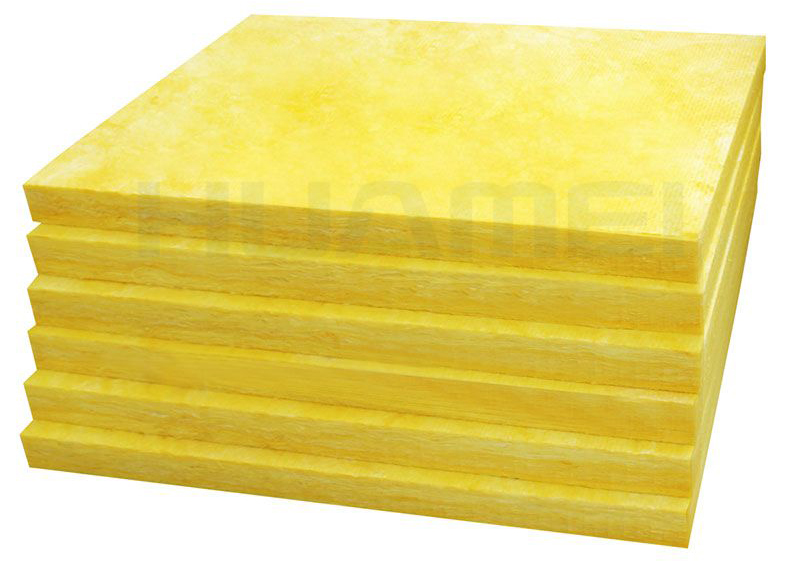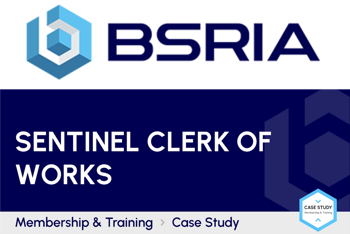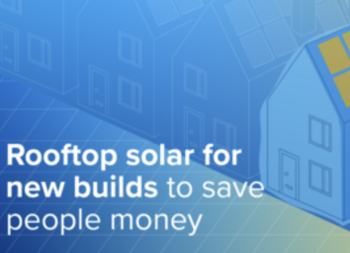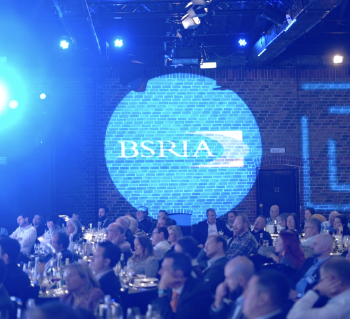Glass wool blanket

|
Steel structure glass wool belongs to a category of glass fibre and is an artificial inorganic fibre. Quartz sand, limestone, dolomite and other natural ore are selected as the main raw materials, with soda ash, borax and other chemical raw materials used to fuse into glass fibre or glass wool. In the ablation or vapourised state, with the help of external force, the blown product is thrown into flocculent fine fibres. The fibres are three-dimensionally intersected, surrounded by each other, with many fine voids between. Therefore, glass wool insulation can be regarded as a porous material, with outstanding thermal insulation and sound absorption functions.
Glass wool blanket is a sheet product with a certain strength, achieved after curing. It continues to function and can withstand high or low temperature environments. It is mainly used for the construction of interior wall compartments, ceilings, ducts, sound absorption and noise reduction in computer rooms, and metal ceilings.
With the right protective equipment covering the skin, mouth and eyes, this material can be cut easily during construction. It is mainly used in the construction of indoor, noise reduction systems, transportation, refrigeration equipment, home appliances to reduce vibration, absorb sound and reduce noise.
Glass wool roll is manufactured using advanced production technology to process the board and roll felt products. It has a good ability to resist heat and reduce noise transfer. It is often used in boilers, reactors, tanks, pipes, high-temperature workshops and other high-temperature environments and thermal insulation materials in the power, chemical, and pharmaceutical industries.
When installing or unwinding, ensure that it is facing up. Lay the glass wool roll felt on the other side of the eaves. Leave the same 20 cm roll felt, and fix it on the outer-purlin with special clamps or double-sided tape. The rolls should be connected together by binding with a stapler on the veneer burr.
Each product has different shapes and specifications. People will consider different fields of application and the shape of the products produced. Some are curved, some are straight and so on. There are many specifications of glass wool board, and people often cut it according to their different needs. The construction process is very simple, and it is possible to cut into anything.
Some misconceptions about glass fibre or glass wool are that it contains asbestos and is bad for health and the environment. Whilst glass fibre does contain fine strands and sometimes borax, it does not contain asbestos. Glass fibre or wool does take significant energy in its manufacturing process, but as efficiency is increased the amount of related emission will also decrease and as an insulation product it acts to save energy through the loss of heat or coolth in use. Furthermore glass wool can be made from recycled glass and once made the wool is also 100% recyclable, though this will depend on contamination and purity.
Once installed, sealed and settled, glass fibre or wool is considered safe and resistant to fire. However when being rolled out, cut and installed the fibre can cause skin irritation and the dust should not be inhaled, therefore as when working with many materials on or off site, the correct protective equipment should be used to avoid any potential health hazards and professional guidance should be sought.
[edit] Related articles on Designing Buildings
- Acoustic insulation.
- Acoustic insulation market.
- Advice for External Wall Insulation (EWI) systems with a render or brick-slip finish.
- Aerogel insulation for buildings.
- BR 135 Fire Performance of external thermal insulation for walls of multi-storey buildings.
- BREEAM Insulation.
- Cavity wall insulation.
- Celotex RS5000 PIR insulation.
- Designing out unintended consequences when applying solid wall insulation FB 79.
- Domestic floors: Part 1: Construction, insulation and damp proofing.
- Expanding foam.
- External wall insulation.
- Floor insulation.
- Flue insulation and air tightness requirements.
- Green Homes Grant vouchers extended.
- Icynene spray foam insulation.
- Insulating concrete form.
- Insulation envelope.
- Insulation for ground floors.
- Loft insulation ruling.
- PA ratio for insulation.
- Phenolic foam insulation.
- Reducing thermal bridging at junctions when designing and installing solid wall insulation FB 61.
- Roof insulation.
- Solid wall insulation.
- Solid Wall Insulation: Unlocking demand and driving up standards.
- Sound insulation in buildings.
- Sound insulation in dwellings Part 2: New-build (GG 83-2).
- Sound insulation in dwellings: Part 1: An introduction (GG 83-1).
- Sound insulation in dwellings: Part 3: Material change of use (conversions) (GG 83-3).
- Specifying insulation for inverted roofs.
- Ten facts about Expanded Polystyrene (EPS) insulation to help specifiers.
- Thermal insulation for buildings.
- Transparent insulation.
- Types of insulation.
- Understanding Insulation and the Part It Plays in Building Regulations.
- Wall insulation and moisture risk.
- Wood and insulation.
Featured articles and news
UK Infrastructure: A 10 Year Strategy. In brief with reactions
With the National Infrastructure and Service Transformation Authority (NISTA).
Ebenezer Howard: inventor of the garden city. Book review.
The Grenfell Tower fire, eight years on
A time to pause and reflect as Dubai tower block fire reported just before anniversary.
Airtightness Topic Guide BSRIA TG 27/2025
Explaining the basics of airtightness, what it is, why it's important, when it's required and how it's carried out.
Construction contract awards hit lowest point of 2025
Plummeting for second consecutive month, intensifying concerns for housing and infrastructure goals.
Understanding Mental Health in the Built Environment 2025
Examining the state of mental health in construction, shedding light on levels of stress, anxiety and depression.
The benefits of engaging with insulation manufacturers
When considering ground floor constructions.
Lighting Industry endorses Blueprint for Electrification
The Lighting Industry Association fully supports the ECA Blueprint as a timely, urgent call to action.
BSRIA Sentinel Clerk of Works Training Case Study
Strengthening expertise to enhance service delivery with integrated cutting-edge industry knowledge.
Impact report from the Supply Chain Sustainability School
Free sustainability skills, training and support delivered to thousands of UK companies to help cut carbon.
The Building Safety Forum at the Installershow 2025
With speakers confirmed for 24 June as part of Building Safety Week.
The UK’s largest air pollution campaign.
Future Homes Standard, now includes solar, but what else?
Will the new standard, due to in the Autumn, go far enough in terms of performance ?
BSRIA Briefing: Cleaner Air, Better tomorrow
A look back at issues relating to inside and outside air quality, discussed during the BSRIA briefing in 2023.
Restoring Abbotsford's hothouse
Bringing the writer Walter Scott's garden to life.
Reflections on the spending review with CIAT.
Retired firefighter cycles world to raise Grenfell funds
Leaving on 14 June 2025 Stephen will raise money for youth and schools through the Grenfell Foundation.
Key points for construction at a glance with industry reactions.























